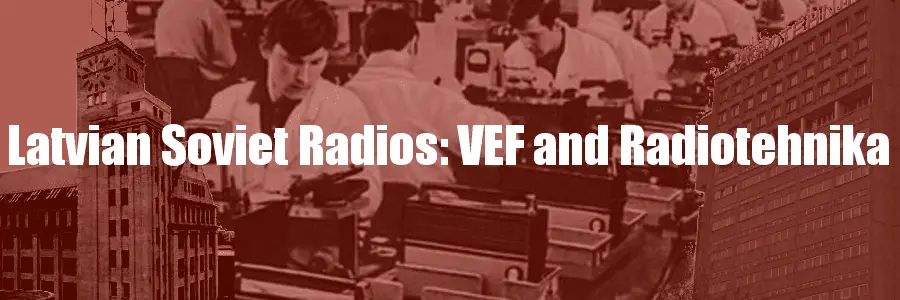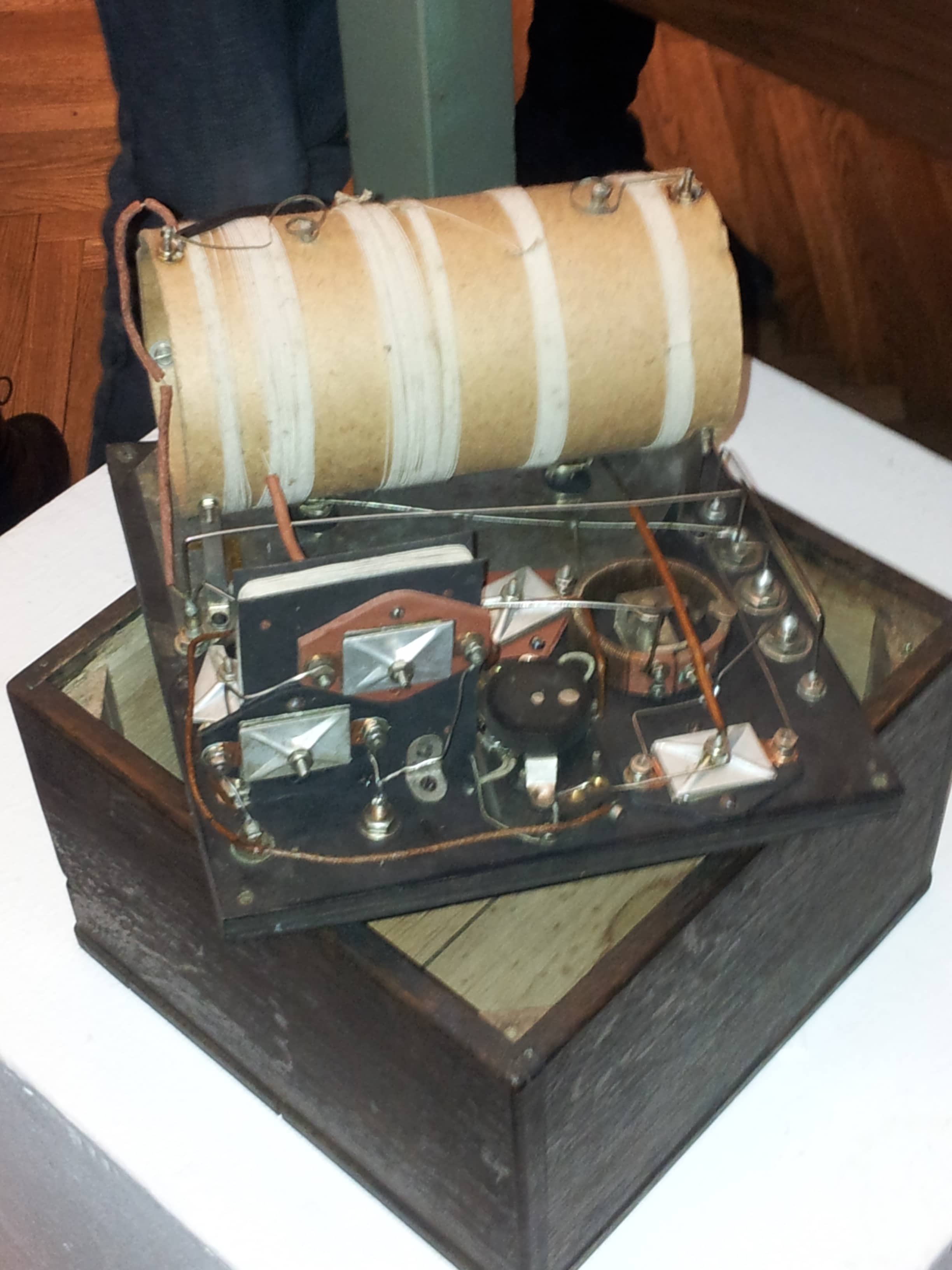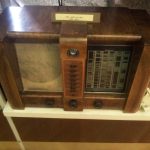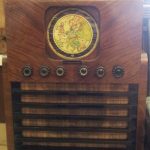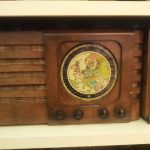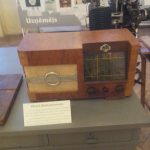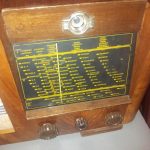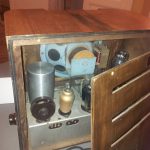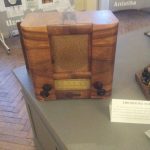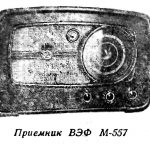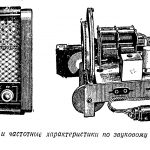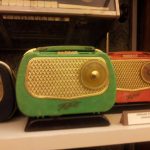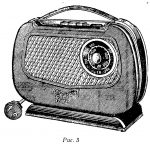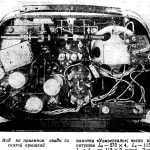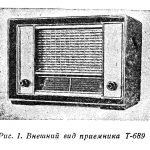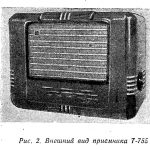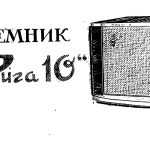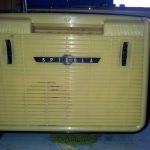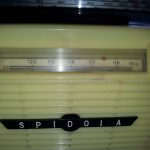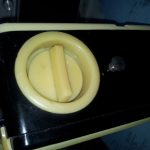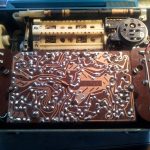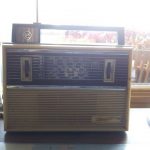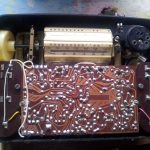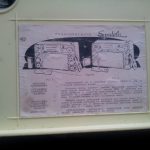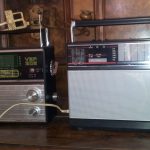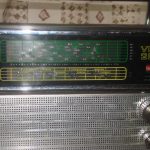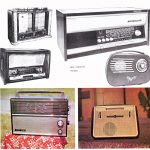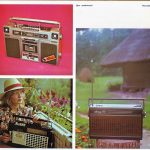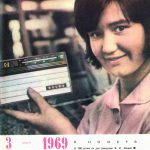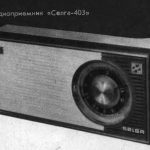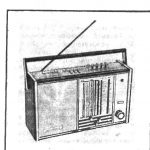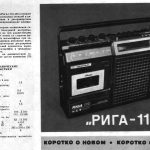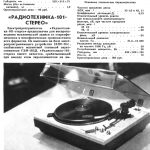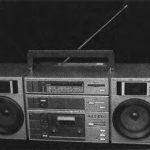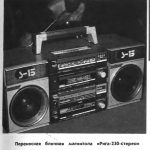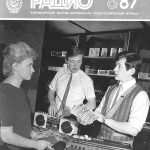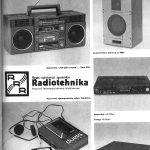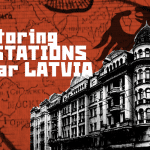Sometimes in various radio groups and Ebay sites you can encounter old receivers from Soviet Union made by VEF and Radiotehnika factories. Very often despite the radios having non Russian names likes Spīdola, Selga and Sigma the people will just label them as “Russian radios”. However, the two foremost centers of the Soviet industries were outside Russian Soviet Socialist Federal Republic. The main centers of the Soviet radio industry was Latvian Soviet Socialist Republic and Belarusian Socialist Republic. Soviet Union was not just Russian, despite the dominance of the Russian language and center within Russia. The various spheres of Soviet industry were excelled by peripheral republics like Ukraine, Belarus and the Baltic States. This article tells the story about the legendary Latvian radio factories that started its work in early twenties before Soviet occupation, survived the World war and then became the top radio factories of the Soviet Union. The saga ended in 1991-2000 when after fall of the Soviet Union, the Latvian radio industry ceased to exist.
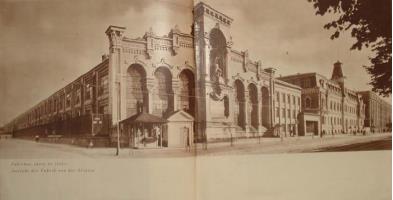
VEF the Beginning and advancements during 1919-1940
During the first two decades of the 20th century the industry in Baltic provinces within Russian Empire boomed and Riga the center of the Baltic provinces was filled with new factories. In 1909 in Riga one of the first car production companies were founded in Riga called Russo-Balt that also created the first Russian armored vehicles. Riga also became center for bicycle production by Gustavs Ērenpreis. As well as many other major industries like rubber, chemical and also electric parts were made in Riga. In 1898 in Riga a new electric part company “Union” was founded in Riga. Based on German-Russian investment the Union manufactured traffic lights for Riga, produced rail tracks and train parts as well as first dinamo machine and electric parts for Russian ships.
On 1914 the First World war started and Germans in 1915 advanced towards Riga. This prompted a major evacuation of all Riga industrial factories to Russia, sometimes even taking the workers with them. Germans could not capture Riga for two years, but the factories once filled with workers and machines became empty carcasses. In 1918 Russian Empire had collapsed and German Empire in November as well. Latvia had two major alternatives – new independent Republic of Latvia or Soviet Latvia, part of the new Bolshevik state. Both powers fought each other from 1918-1920 also not to mention the German military formations that fought against both. For democratic Latvia or Soviet Latvia there was a great need for state run electric company that would produce the basics for the country: telegraph, lights, ect.
In June 10 1919 Latvian Republic established Postal and Telegraph Department’s repair workshop. Its first place of operations was the State Postal center in the center of Riga nowadays a Latvia University building for economy and history faculties. At first there was just five workers managed by Aleksandrs Tīpainis. The initial orders was to repair telegraph equipment, telephones and communication lines that was necessary during war time. Eventually workshop employed more workers and acquired new equipment. In 1921 the first Morze code machines were made and first 100 telephones in 1922. Factory expanded and bought new house in Slokas street 10 nowadays a State history archive and moved there.
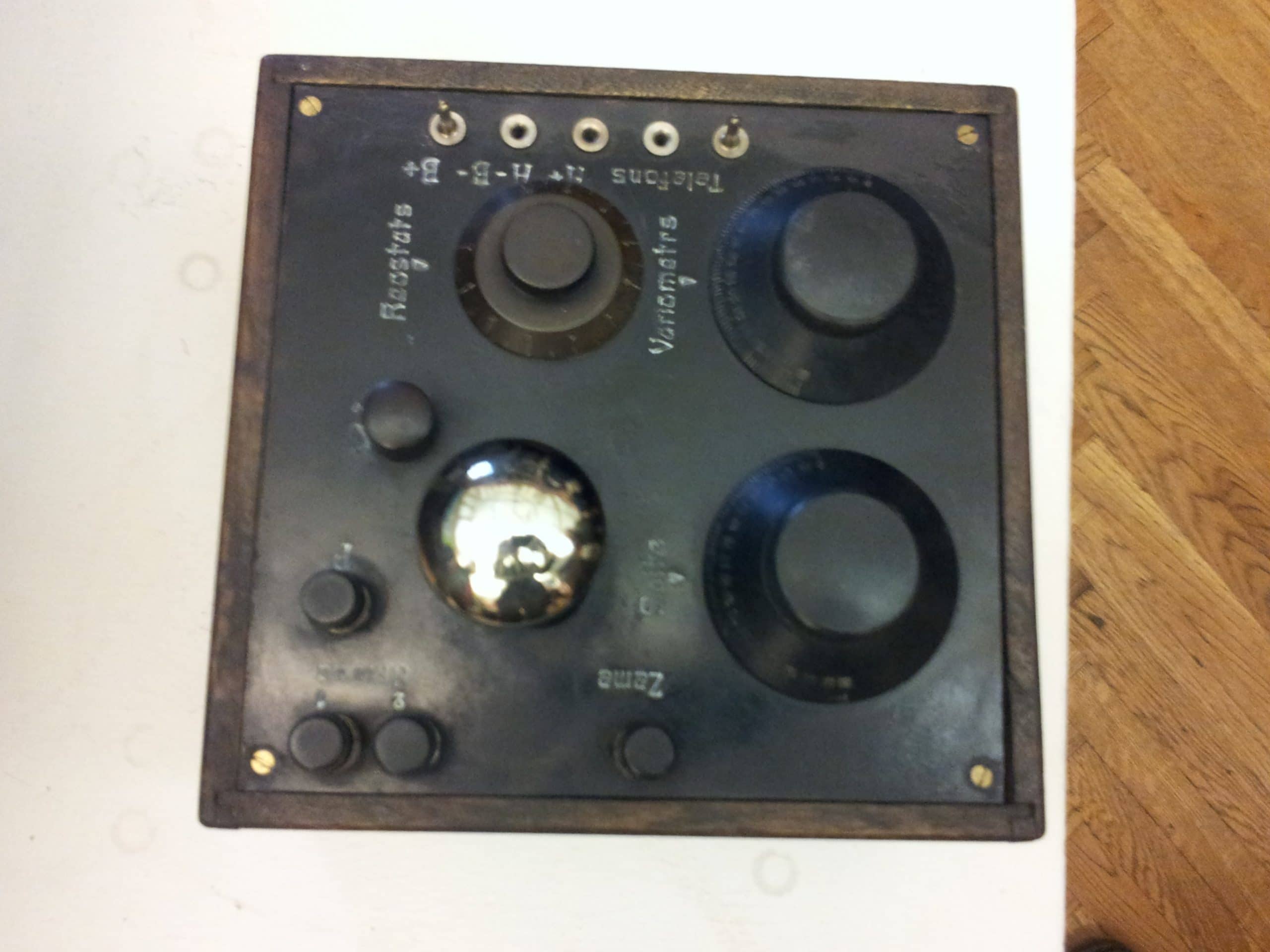
Radio production started in 1924. First radios were crystal radio sets called “bears” because they made bear like growling noise. As they had no speakers, they had mono earphones. In 1924 Latvian engineer Jānis Linters proposed the idea for state funded radio station. At first it was rejected as members of the Latvian parliament could not understand the need of such radio and how it works. Special radio set was made to demonstrate radio to them. The special radio broadcast read text from “Governmental Herald” and the curious deputies one by one listened to it. Some deputies asked if the radio signal can go trough if the doors and windows are closed After demonstration most of them agreed to give budget financing. In this time radio stations were opened all around the world. Closest worked in Warsaw, Berlin and Moscow, To listen to radio the people had to buy special radio abonement, that also allowed to have a radio. The number of abonements started to rise and radio became very popular in Latvia as well as whole world. Radio Latvia started its work in November 1 1925. The radio stations of that time used the Medium wave and later in thirties started to expand their broadcasts to shortwave. So it was required to make far better radios so clients can not only listen to local station, but also from aboard.
In 1927 Latvian Republic established Postal and Telegraph Department’s repair workshop moved to former Union factory complex were it remained for rest of its existence. It was renamed “Pērkons” (Thunder) and main production was telephones, telephone centrals, loudspeakers and also 9700 radio sets. In 1932 the Pērkons was renamed to VEF – Valsts Elektrotehniskā Fabrika (State Electrotechnical Factory. Until 1940 75 types of radios were made. They were very good quality tube or lamp radios, capable of receiving long wave, medium wave and shortwave. Notable series include VEFAR, VEFSUPER, VEFLUX. The main designers were Kārlis Irbītis and Alberts Madisons. The radios were exported to Scandinavia, VEF opened its office in Finland. Before WW2 8000 radios were exported in a year. VEF also made first mini camera the MINOX, made prototype biplane fighters and started entry into automobile and motorcycle production.
All this was halted when Soviet Union occupied and annexed Latvia in 1940. VEF was nationalized and undesirable elements were arrested. Soviet VEF produced VEFSuper M507N and Vefsuper B417 series and other radios from this series and also for Soviet army needs. In June 22 1941 Nazi Germany invaded Soviet Union and too over VEF and renamed AEG Ostlandwerk Gmbh. Nazi VEF also VEFSUPER series radios and radios for military needs and ships. In 1944 Germans retreated from Riga, destroyed the power station and took equipment with them. When Soviet power was restored the VEF now was set for its great decades during Soviet power.
The Origins of Radiotehinka during 1920-1940
VEF was a state run factory, while other people saw the importance of radio and created their own private radio production. One of them was Latvian Jewish industrialist Ābrams Leibovics who founded his workshop in 1925. First he only produced only patented radios from various German companies like Telefunken. In 1932 his company started to produce own radios mainly thanks to Aleksandrs Apsītis. Apsītis in 1928 with E. Krasovickis started his own company “Jauda”. Company produced 200 triple tube radios for Latvian border guard. Company was closed because Krasovickis had made theft in the companies finances. Apsītis joined Leibovics company and designed successful models. Models like Rigafons brought success for Leibovics however in 1933 Apsītis was fired from his company. Until 1940 Leiboovics company made many more own design radios. Leibovics was deported to Siberia by Soviets in 1941 and died there.
In 1933 Apsītis and F. Žukovskis made new company and produced radios like Toņmeistars, TU-34, and Koncertsupers. In 1940 Soviets nationalized the company and renamed it Radiotehnika. Apsītis became its director. Leibovics company was renamed Radio Pionieris. Germans united both companies. In 1944 Germans retreated and wanted to equipment with them but workers loaded rocks and metals into crates and buried the machines underground. Apsītis was loyal to Soviets and his loyalty paid off as he was again appointed as director of the Soviet Radiothehnika factory.
Soviet VEF – from high class tube radios to first Soviet Portable Transistor
Ādolfs Irbītis the brother of Kārlis Irbītis who went exile, continued to design radios for Soviet VEF. Before the war the VEF produced everything that was needed in commercial market from bolts to airplanes. Soviet policy was to give all enterprises specialization and VEF main specialization was radios and telephones, later also robotics and computers. As well as of the charts VEF produced needed parts and equipment for Soviet military. Irbītis designed radios like M-1357 also supported by Alberts Madisons. One of the first and most successful radios were VEF Super M557 that started the trend of compact size radio receivers that VEF excelled. However, fifties were also era of large tube radios for upper class customers. First such were Baltika series and Latvija. VEF Akords M-225 was one of first radio and vinyl players called radiola. A high class receivers were Rossiya and Lux
VEF became well known in the Soviet Union and received many prizes. The Soviet main radio journal “Radio” often featured the VEF radios as one of the best. In second part of the fifties the electric batteries became efficient enough. So it was possible now to design a real portable radio you can take to sea or to forest, whatever you like. Irbītis created a revolution called Turist (Tūrists). It was the first Soviet portable radio receiver. It was still tube radio but small enough. The design made the radio look like women’s hand bag. It was in 1955 and Soviet industry was on the rise. In 1956 Soviets sent first satellite in space, In 1959 Soviets begun making first transistor radios. Transistor radios were revolution in sixties world, making radios small and portable enough making large tube radios obsolete within a decade. The Latvian VEF was first who took the opportunity and made first popular Soviet portable receiver.
Radiotehnika – a rival to VEF
Soviets could have united Radiotehinika and VEF into one major concern. However, Apsītis had his own design and own group of loyal workers and instead Radiotehnika became specialized in HQ radios. while VEF released mainstream popular receivers. After the end of the war Radiotehinika started to make receivers T-689 and T-755 A very important was one of the first battery radios in 1949 Riga 912 that was small enough for those times. Radiotehnika also made stationary radio speakers that were tuned to one frequency and were placed in un electrified houses and public houses. These radios were usually tuned to main radio in Moscow or Riga. The signals in these radios were sent trough telephone wires so they could be installed in houses without electricity.
From 1959 Radiotehinka produced a popular line of table radios called Sakta, Dzintars, Festival, Teika and Rigonda. These were high class radios, very popular among Soviet Union and countries were they were exported. In 1962 Ausma was first Soviet table radio transistor
Apsītis despite being loyal to Soviet regime, soon became its enemy. In 1952 he was demoted from director to chief engineer and then moved to Riga Elecctroarmatur factory. Then he was accused of intentionally producing defective radio production and sentenced for 8 years in prison. The 1952-1953 was dramatic time of new wave of Stalinist purges against various people only ceased by Stalin’s death. Apsītis was released, but his health suffered greatly. He never returned to Radiotehnika. After work in various academic institutions he retired with disability and died in 1988.
VEF Spīdola – the Revolution Begins
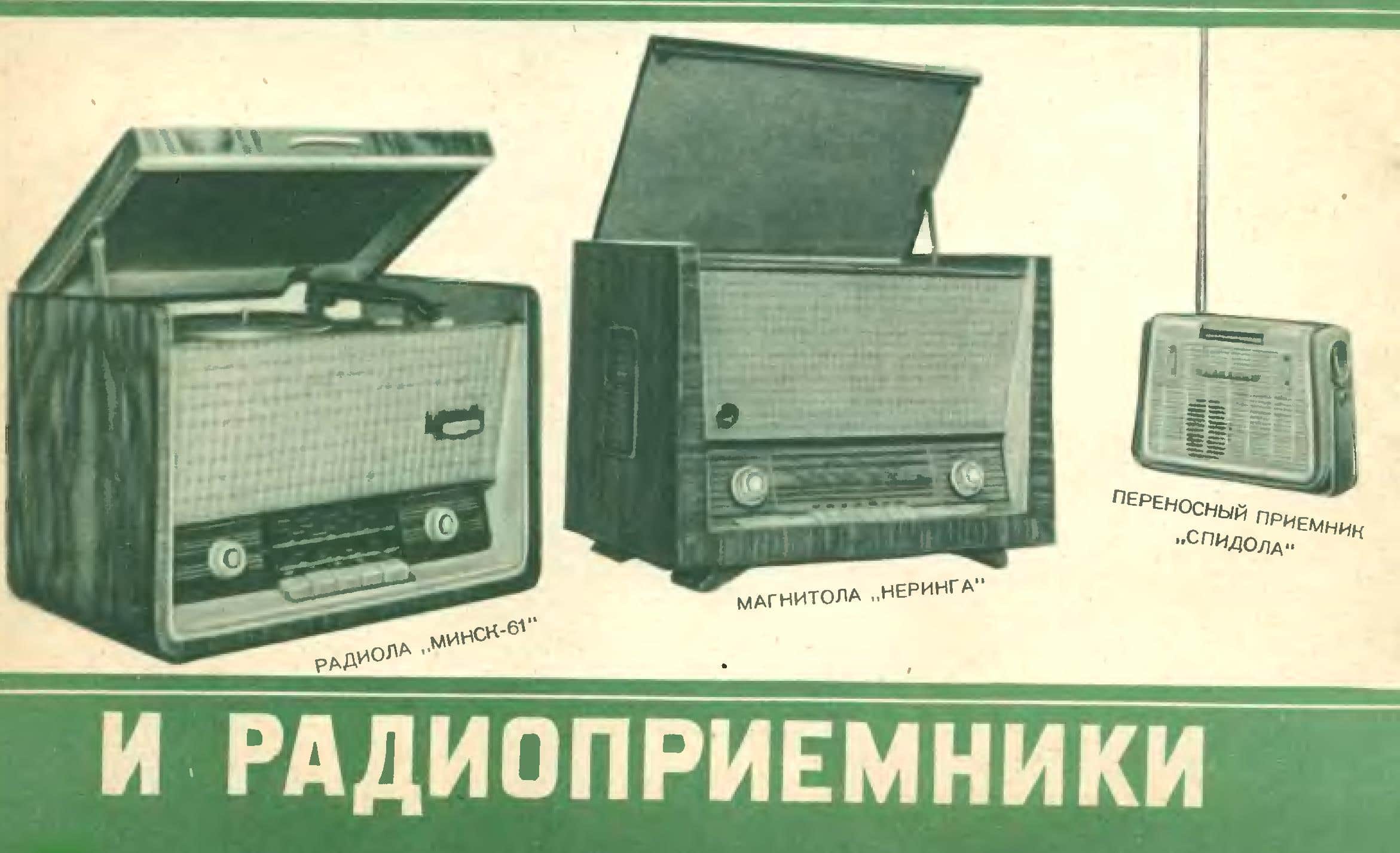
The Latvian epic story Lāčplēsis (the Bear Slayer) features a deceiving pagan witch Spīdala. Later Latvian most famous writer Rainis wrote play based on epic were he renamed the heroine Spīdola – witch that can fly around and has highly deceiving character as she worked with enemies of the hero Lāčplēsis. And so was the first popular portable Soviet transistor VEF Spīdola. It was rather small, efficient and it also could receive Western broadcasts. Spīdola appeared in 1960 and became very popular in all Soviet Union and abroad.
Spīdola was brilliant yet still archaic design. It could receive 5 shortwave bands and long wave and medium wave. Its flaw was rather weak leather handler. Since the first Spīdola, all VEF radios had turnable revolver style band selector. To choose another band the selector had to be turned. First Spīdola had very simple frequency scale and frequency selector was simple cotton string with small plastic dot in the middle. The model became a success and more improved model was made with improved frequency scale. In 1965 VEF Spīdola was released with now a solid handler that could not be moved as the first handlers for earlier models could easily broke off.
What followed was series of improved transistors – VEF 12, VEF-201, VEF-204, VEF-206. VEF-206 was one of the most known outside Soviet Union as it was exported to Soviet allied countries and also to Western countries as VEF 206 Vega and Tento. VEF 206 had fine tuner that first models lacked. However, by this time the Western radios had many more functions like treble and bass tuning years before. Also these radios had no FM scale as FM broadcasting in Soviet Union was not introduced yet.
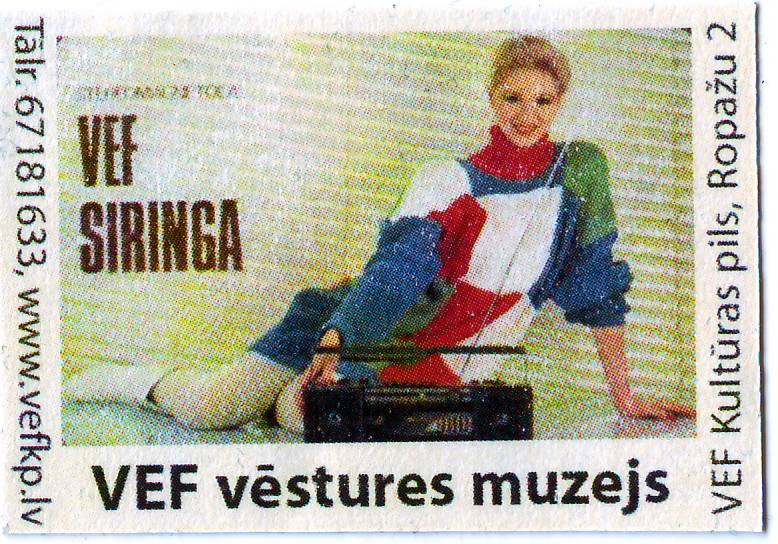
VEF kept its simple approach. The series in eighties had more options like tone tuning and FM band. Examples are VEF 222, VEF 223 and VEF 214. VEF 260 Sigma of 1978 was very popular radio with cassette player and FM scale. VEF 287 in 1987 had double tape player. Last VEF FM only radios were made in 1996.
Radiotehnika – Excellence in Small Radios and Stereo Systems
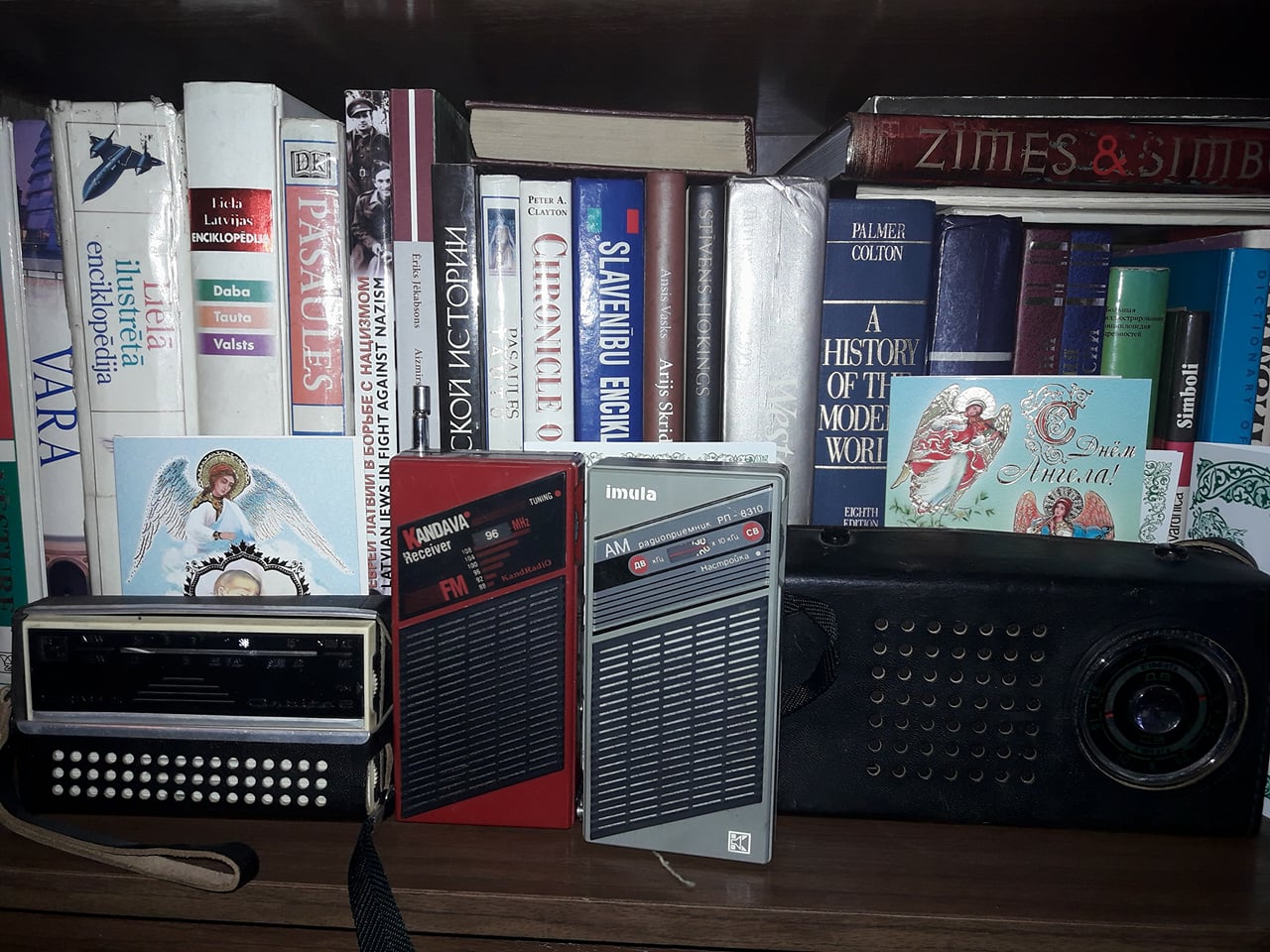
From left: Orbita 2, Kandava, Imula and Selga 405. From personal collection
While VEF made general portables with SW bands that still were quite large, Radiotehnika excelled in small LW/MW only radios. First one was Gauja in 1960, what followed was Orbita and Orbita 2, Banga. Orrbita 2 also had one SW band. Most popular were Selga from 1963. In eighties Selga radios from horizontal became vertical and evolved into Imula radios. Since 1992 Imula became Kandava and had FM radio scale.
Very popular in 1985-1992 was small horizontal Abava radios that during barricade days of 1991 was useful to get information. These and similar Salena had FM band and were much like common western MW/FM kitchen radios.
For more serious and advanced radio listening the Riga series radios were made. These radios were more advanced that VEF series, bands could be selected by buttons not by round klang that VEF had. Also they had various options for sound tuning. From Riga 110 the radios had cassette player and recorder. One of the most advanced radios were Salut 001 In late eighties Radiotehnika started stereo radio and cassette player line ML No shortwave, just MW and FM, but these radios could compete with western counterparts.
Radiotehnika took the niche of the high-fi vinyl players and stereo systems. One of first was Viktoria 001, what followed was very well known Melodija line of first class hi-fi system. It had radio of all bands and high class vinyl player.
Along with that Radiotehnika specialized in voice recorders “Duets”, car radios. As usual the Radiotehnika also made special equipment for military like RIF walky talky RS-1, the one and only handwatch radio and also radio receiver Sezha for KGB agents. Malahit video cassette player was also made. Radiotehnika was one of the most advanced and specialized factories in the whole union.
The collapse of VEF and Radiotehnika and the Legacy Left Behind
The movement of regaining independence was met with support and excitement by many VEF and Radiotehnika workers. However, behind the ideals of independence and democracy a hard economic and social truth was waiting them. Soviet centralized economy collapsed completely, Latvian market was cut from Russian market. Within Russia itself the state owned companies went bankrupt one by one. Another important factor was loss of Soviet military production that both VEF and Radiotehnika excelled at. The inexperienced Latvian government wanted fast transition to free market and started the privatization of the state factories. VEF was split in six private companies that ceased to exist one by one. Factories became abandoned and workers lost their jobs. VEF production became relics the of flea markets. What remains of VEF is the VEF palace of culture that was renovated in 2017 and serves as place for various events. The VEF Riga basketball club is one of the main basketball teams in the country. The whole district of former VEF buildings, is either occupied with various new factories like Mikrotik, or bars, offices, and even Christian movements. Other buildings are still empty. One of the largest blocks are now turned into a supermarket.
Radiotehnika survived as VEF Radiotehnika RRR that produces audio speakers that are highly regarded. In 2017 the main building of Radiotehnika was demolished. VEF and Radiothenika are symbols of the Latvian industrial greatness, sacrificed for sake of independence and free market.
Sources:
https://www.radiopagajiba.lv/
http://epadomi.lv/legendu_pieminot/19102013-legendu_pieminot_aleksandrs_apsitis_radio
https://www.lvrtc.lv/radio-v275sture-latvij257.html
http://shortwaveradioworld.blogspot.com/2014/11/soviet-radio-history-in-pictures-part-i.html
http://shortwaveradioworld.blogspot.com/2014/12/soviet-radio-history-in-pictures-part.html

